I’m sure you’ve heard about the bees by now, but if you haven’t, seven species of bees were added to the endangered list in 2020. While it may feel like you can’t play a substantial role in saving the bees, you can help them (and other pollinating insects) by making a pollinator-friendly garden. Here is why you might want to make one (or transform your garden) and some tips on how to start one!
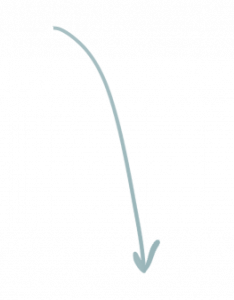
Why should I make a pollinator garden?
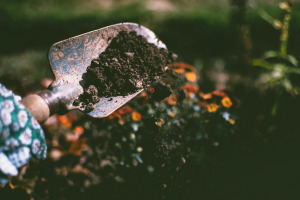
Pollinator gardens are gardens that have predominantly native plants that provide nectar or pollen for pollinator insects or animals. A pollinator is an animal or insect that moves pollen along from one plant to another. A few examples of pollinators are bees, butterflies, hummingbirds, beetles and bats.
As mentioned before, many pollinators are becoming endangered, which is caused by climate change. According to the Endangered Species Coalition, “Climate change is making flowers bloom half a day earlier each year, which means that plants are now blooming a month earlier than 45 years ago. Plants blooming earlier ultimately means that they do not get pollinated and bees are left without food.” It is also stated that this issue is affecting all pollinators, including hummingbirds and bats. Rising temperatures are forcing hummingbirds to migrate to non-native areas and are affecting the hibernation cycles of bats.
While you may feel powerless in helping our pollinators, you can make a huge impact by planting your own pollinator garden or transforming your current garden into one! If this is something you have space and time for, it is an easy way to give back to the Earth.
How to make a pollinator-friendly garden
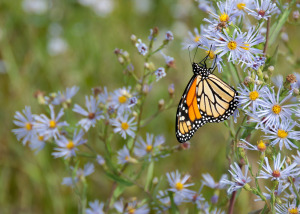
Plant selection
First of all, you’ll have to do some research to find the right plants and flowers for your garden. The key to this selection is finding plants that are native to your area and produce pollen or nectar. Using plants that bloom in early spring into late fall is also ideal for pollinators. Make sure to avoid modern hybrid flowers, especially those with “doubled” flowers, because these are often created to be without pollen.
Avoid pesticides!
If pesticides are absolutely necessary, try to use the least toxic pesticide. But in the use of a pollinator garden, pesticides are typically not necessary. Spray at night when pollinators aren’t around and read labels carefully. Many pesticides are extremely dangerous for bees and other pollinators.
Other fun tips:
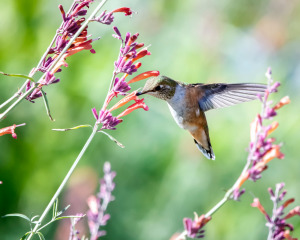
Get your backyard or garden certified as a habitat!
Through the National Wildlife Federation, you can certify your backyard as a habitat quite easily. You’ll need to pay a $20 fee and make sure your space qualifies by checking off their checklist. Here’s what you’ll need:
-
Three forms of food sources such as fruits, seeds from a plant, a bird feeder, etc.
-
One water source such as a birdbath, pond, spring, etc.
-
Two places in which they can find shelter such as a burrow, wooded area, dense shrubs, etc.
-
Two places they can raise their young such as a mature tree, nesting box, or host plants for caterpillars.
For more examples and the full checklist, go to NWF’s website.
Add a hummingbird feeder to your garden!
Make your own artificial nectar by combining four parts water and one part table sugar. NEVER use artificial sweeteners, honey, or fruit juices. Here are some of our favorite hummingbird feeders!
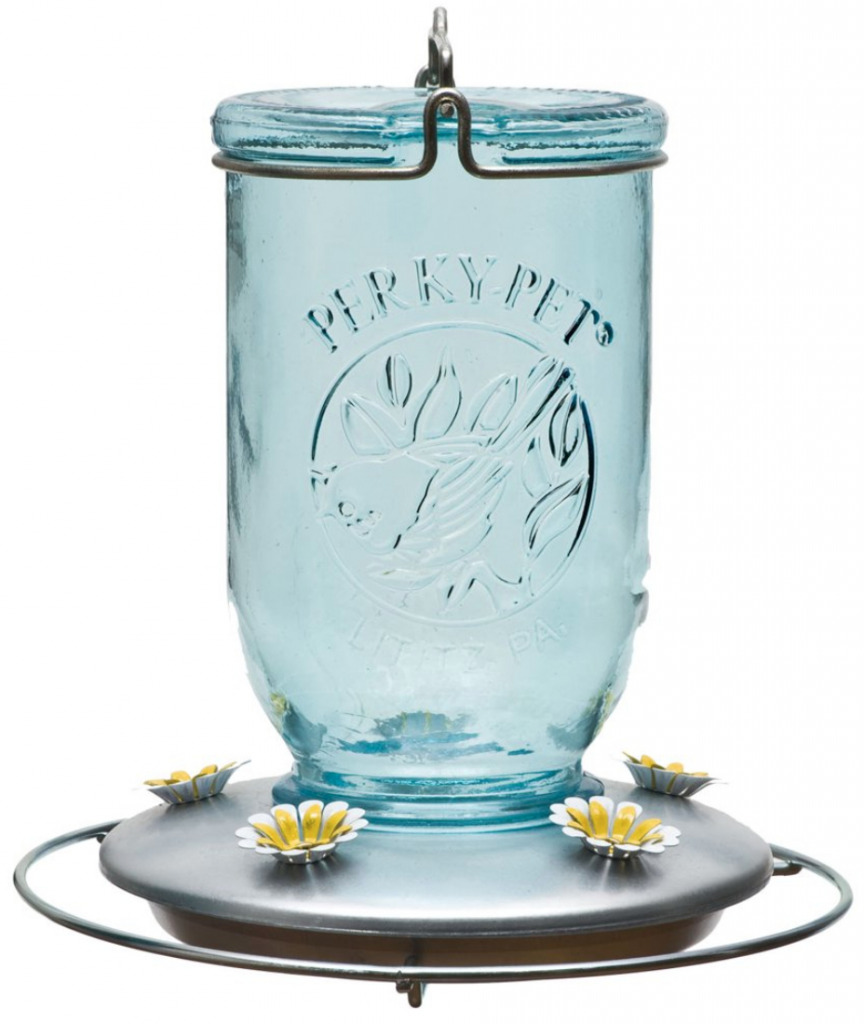
Perky-Pet 32 oz Mason Jar Hummingbird Feeder – $24.76 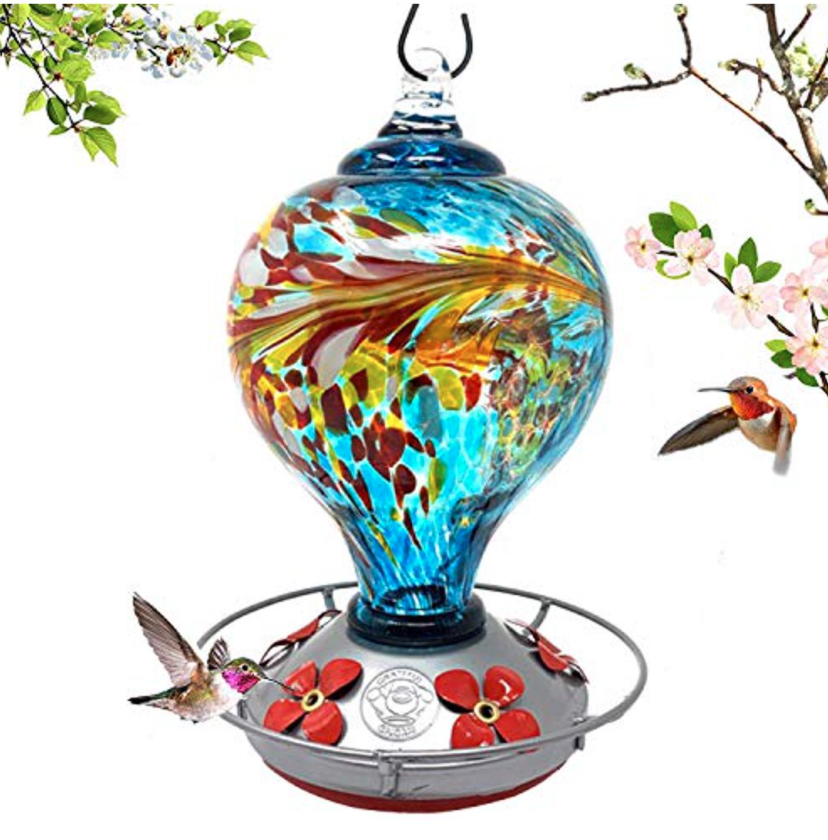
Grateful Gnome – Hummingbird Feeder – $32.95 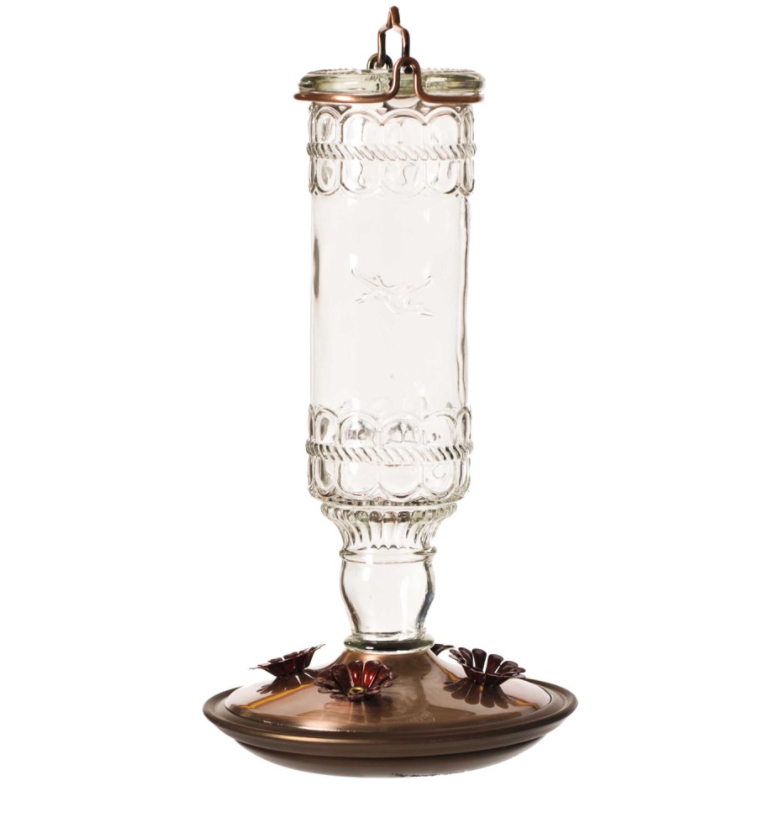
Perky-Pet Clear Antique Bottle Glass Hummingbird Feeder – $15.73 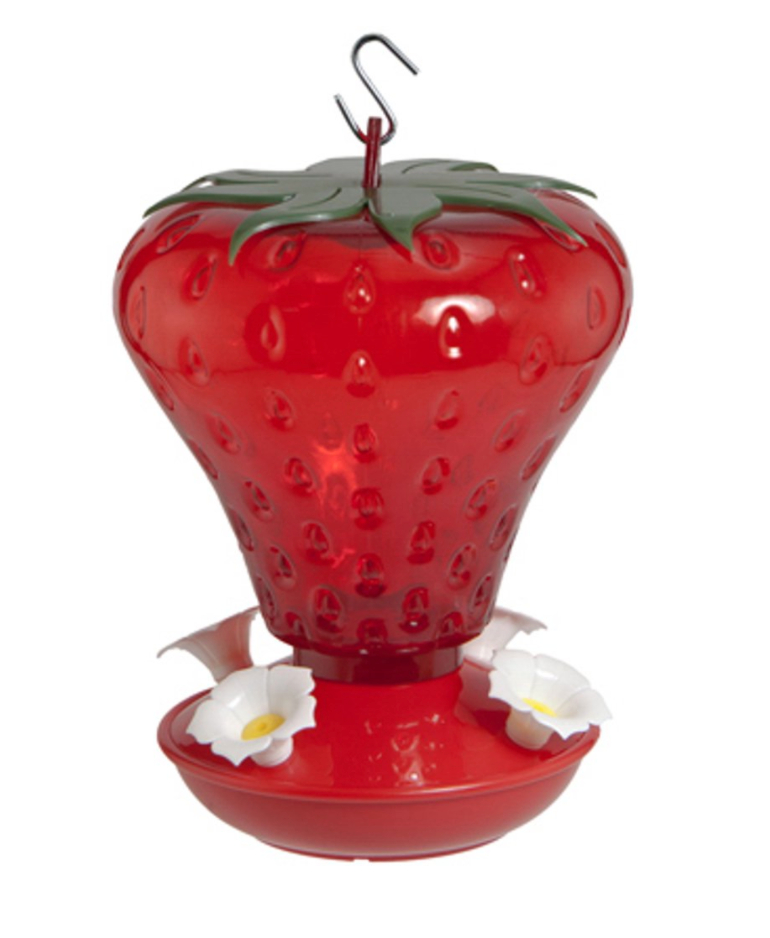
Hummingbird Feeder, Strawberry Shape, 40-oz. – $13.70 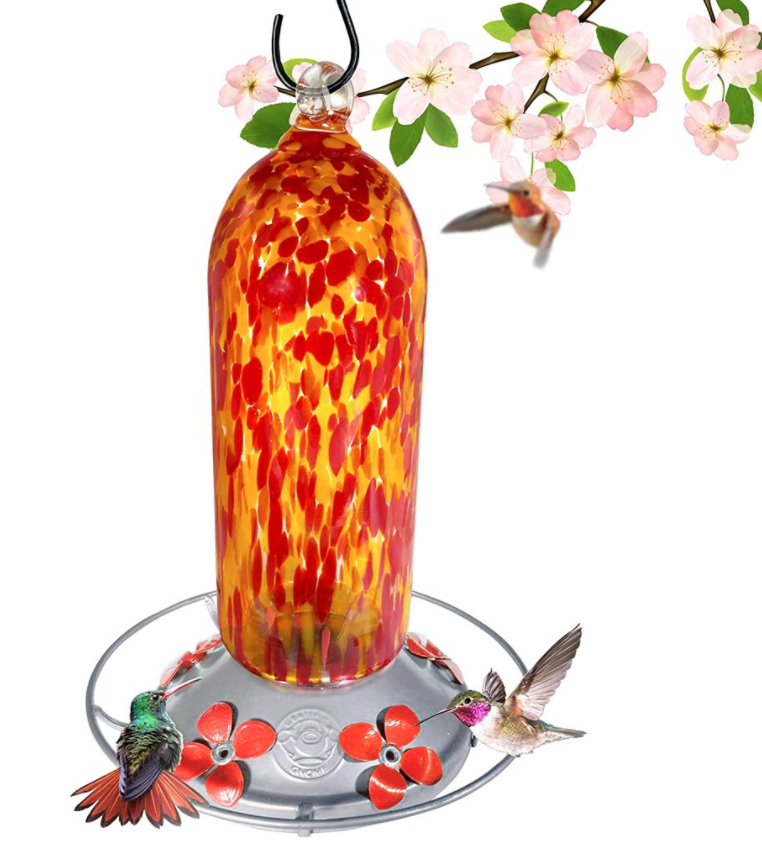
Fiery Bell Tower – 20 Fluid Ounces – $32.95 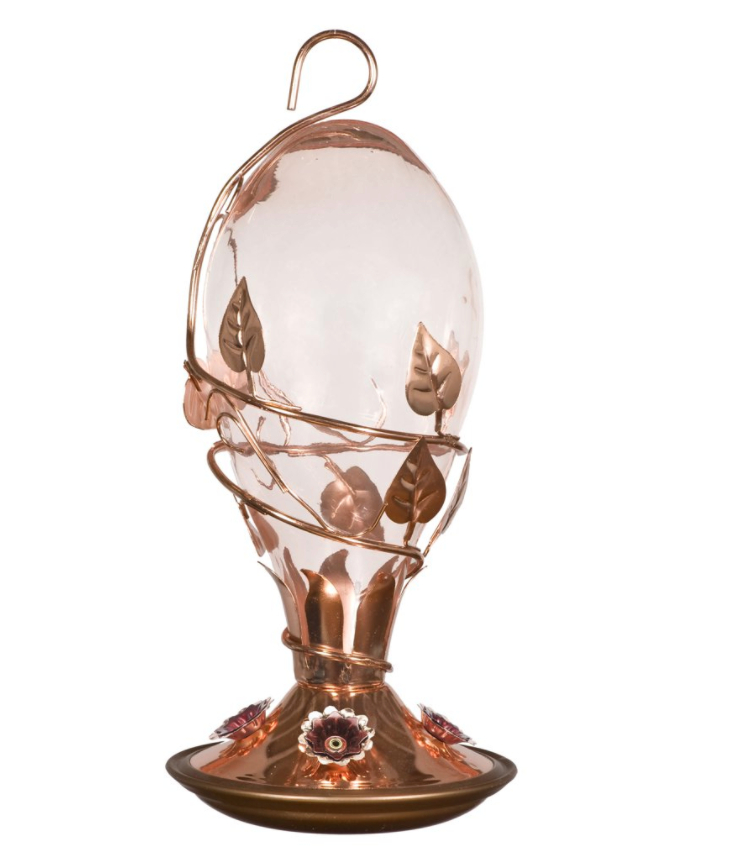
Perky-Pet 32 oz Looking Glass Hummingbird Feeder – $31.00
Grow larval host plants to attract butterflies!
While it can be frustrating for a normal garden to get eaten up, this is the time in which it can be fun! Grow plants for caterpillars to eat like parsley, rue, and ironweed and you’ll have some beautiful butterfly friends in your garden!
Leave that dead tree (or tree limb)!
It may be an eyesore to keep a dead tree up in your yard or to refrain from cutting down the dead limbs of a tree, but they can be homes to pollinators. If it is safe to leave it up, it can become an essential nesting site for native bees.
Add some butterfly food!
Unlike hummingbirds, butterflies need more than just nectar. You can put out slices of overripe bananas, oranges and other fruits. You could also put out a sponge in a dish of lightly sea salted water.
Add a birdbath to your yard!
Check out these cute birdbaths that can be your water source. Birds and your new pollinator friends will thank you.
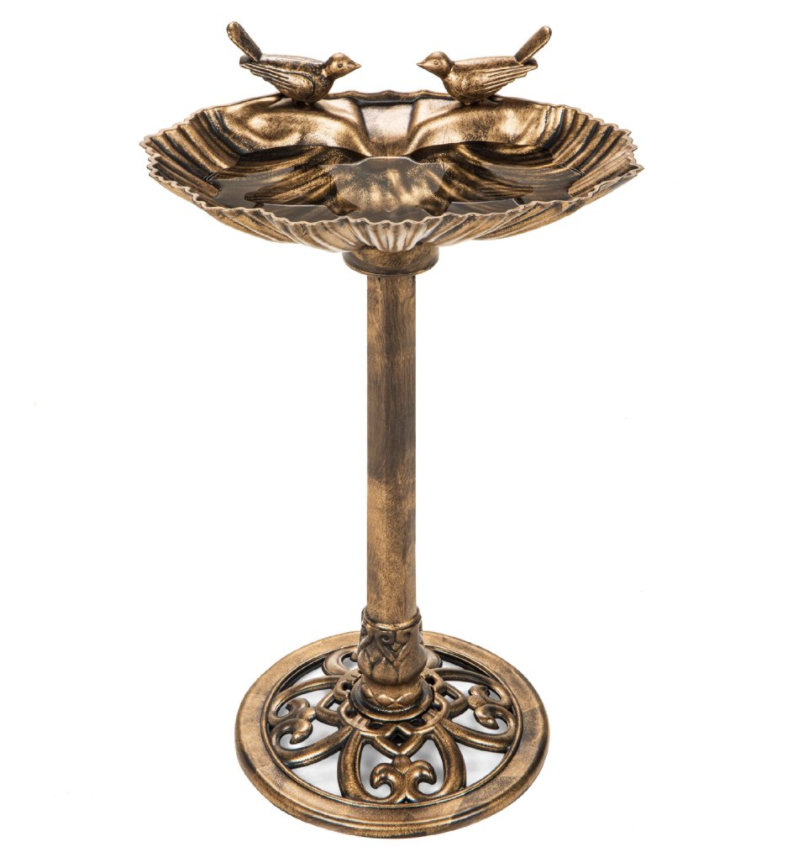
Pedestal Bird Bath Decoration w/ Sparrow Statues – $29.99 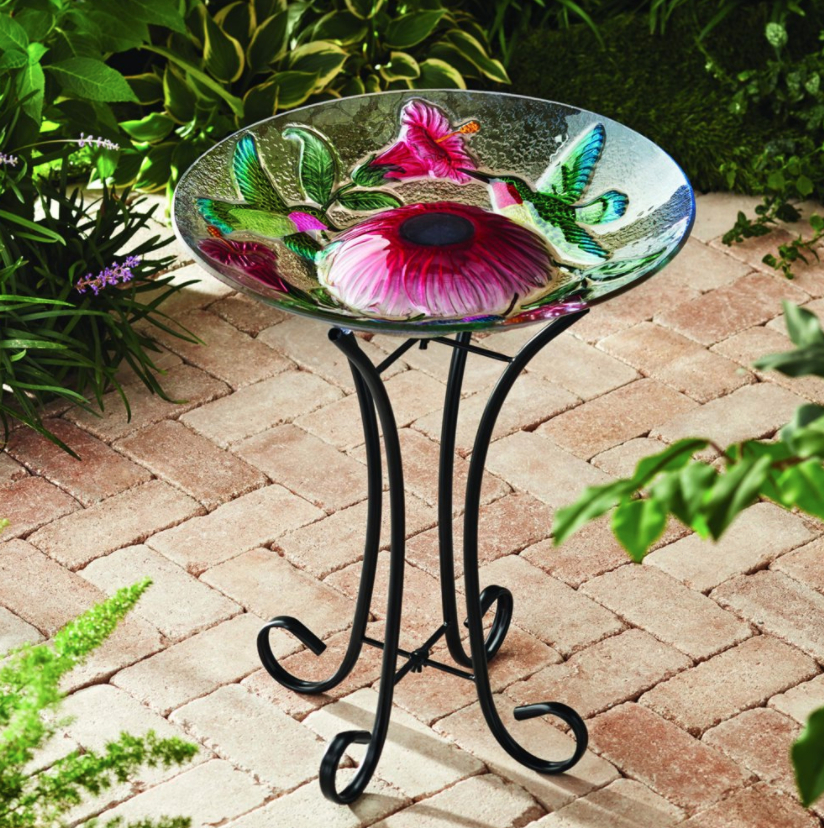
Multicolor Glass Solar Hummingbird Bird Bath – $26.32 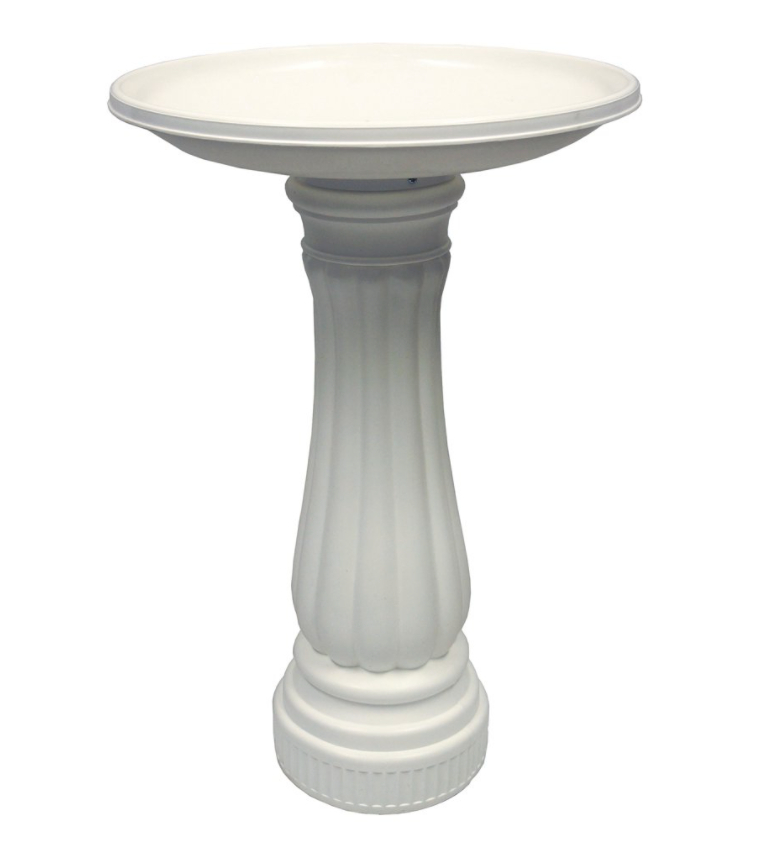
Bird Bath Rnd White – $35.86 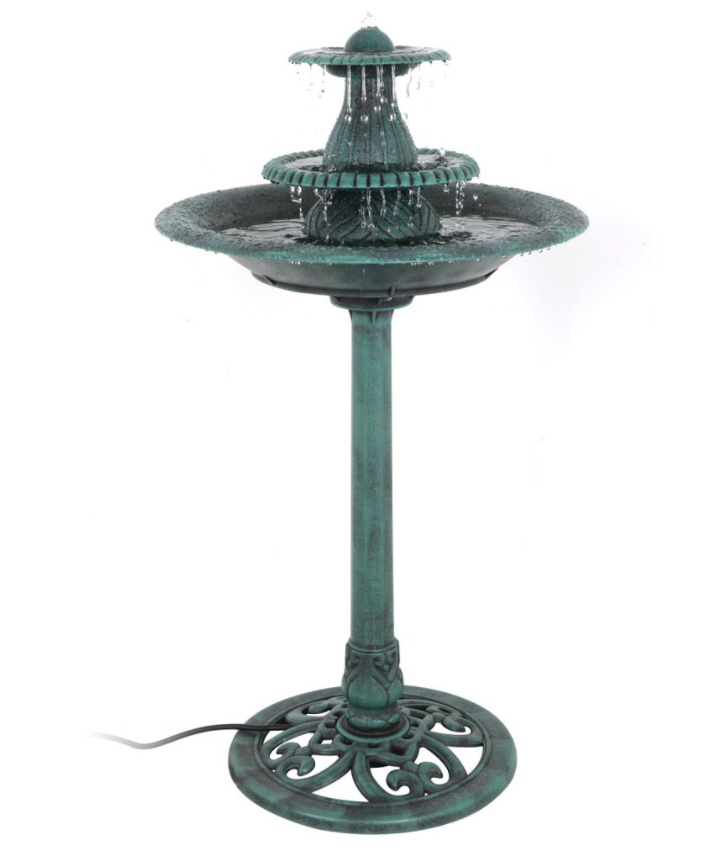
Outdoor Indoor 3-tiers Fountain Bird Bath with Pump – $41.99 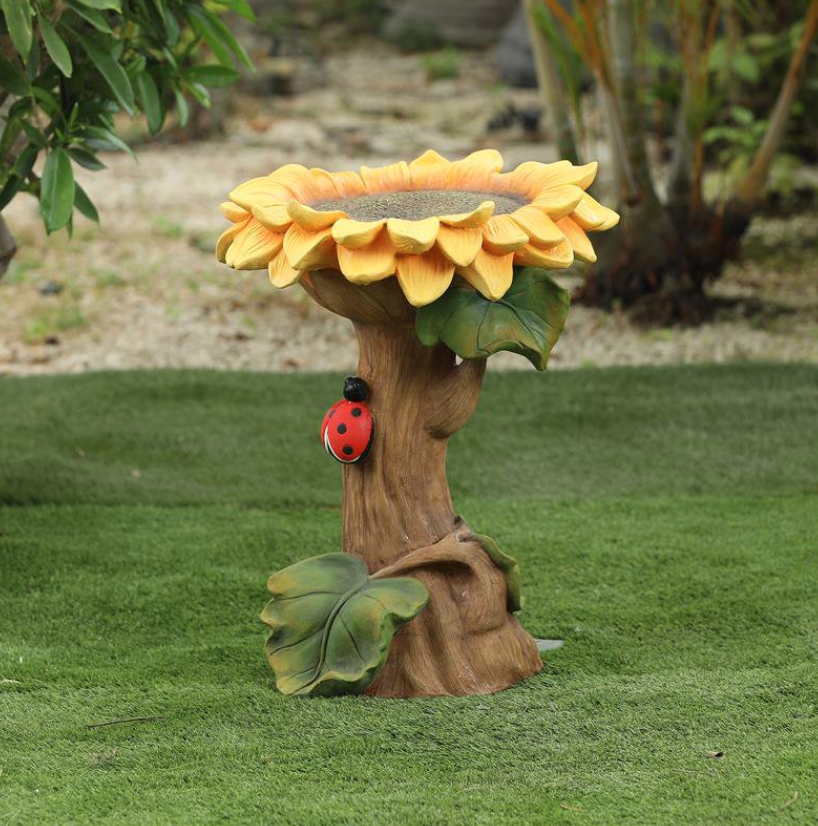
Luxen Home Polyresin Sunflower Bird Bath – $150.93 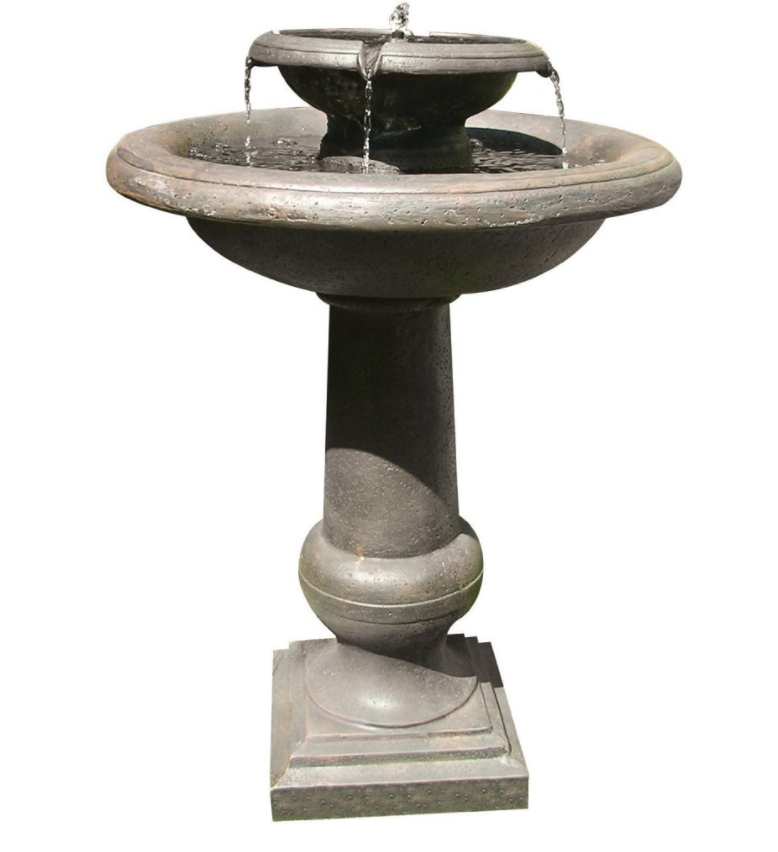
Smart Solar 24260RM1 Oiled Bronze Finish Chatsworth Solar On Demand Fountain – $179.99
Most importantly, do your own research!
Make sure that the flowers you’re planting are safe for pollinators, learn more about what they enjoy eating and how you can better help them! In the end, you’ll have a highly populated garden that will help our beautiful environment.

Are you interested in planting a pollinator-friendly garden? Let us know below!
For More Outdoor and Plant Reads, Check These Out:
Walmart Is The One Stop Shop To Build Your Charming Plant Mom Starter Pack

